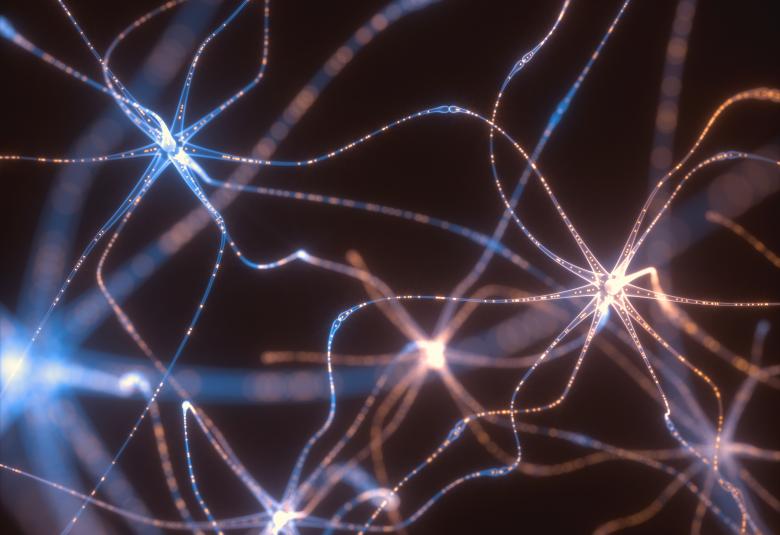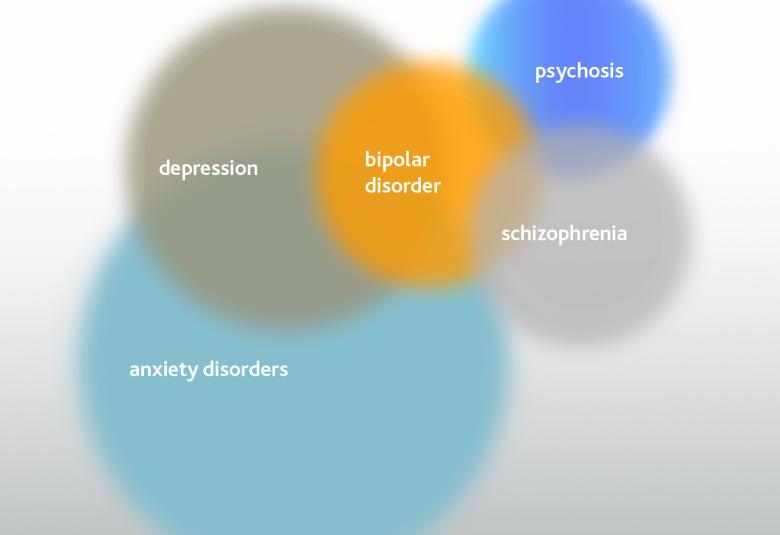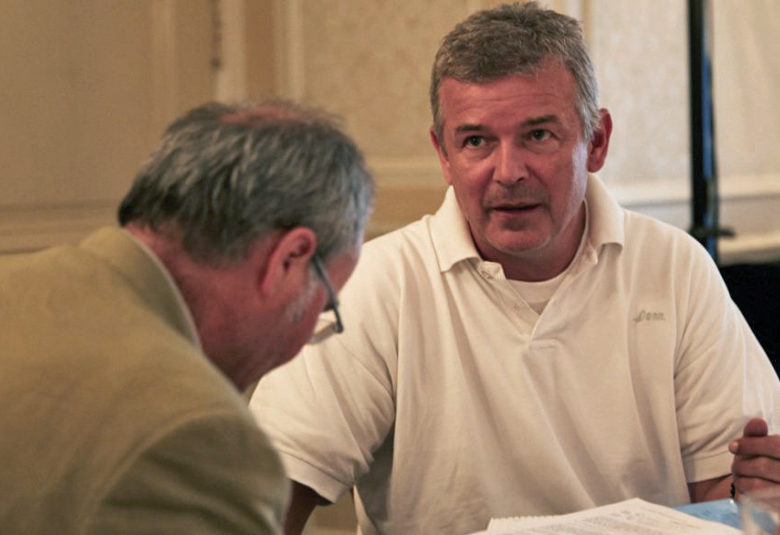Why do star cells damage neurons in neurodegenerative diseases, including Alzheimer’s disease (AD)? A large plenary audience at AAIC 2019 was treated to a fascinating review of astrocyte research. The resulting new insights into the pathogenesis of these diseases promise to inform the future development of new treatment strategies to reduce CNS cell loss and neurological impairment.
Astrocytes have multiple roles in brain maintenance
Astrocyte roles include neuron and synapse maintenance
Astrocytes are present in the brain in huge numbers, and their numerous long processes give them a star-like appearance and their name (Greek: astro, star; cyte, cell). They play a crucial role in brain maintenance through a variety of functions1,2 including:
- provision of trophic support for neurons
- promotion of the formation and function of synapses
- pruning synapses
- remodelling extracellular space
- immune modulation
- regulating the blood-brain barrier
- uptake and regulation of neurotransmitters
- modulation of brain glycogen reserves
A1 and A2 astrocytes are activated by microglia responding to brain injury
Brain injury, such as trauma, infection, neurodegeneration and ischemia, activates microglia and other unknown molecular triggers. The activated microglia then activate astrocytes, which upregulate a variety of genes.
Neuroinflammation induces an apparently harmful A1 astrocytosis
In neuroinflammatory brain diseases, microglia secrete cytokines — interleukin-1 alpha (IL-1α), tumor necrosis factor-alpha (TNF-α), and the first subcomponent of the C1 complex of the classical pathway of complement activation (C1q) — which activate one type of astrocyte — the A1 astrocytes. Activated A1 astrocytes upregulate many classical complement cascade genes, leading to synaptic damage, so are potentially harmful for the brain.1
Ischemia induces an apparently protective A2 astrocytosis
Brain ischemia results in a reactive A2 astrocytosis. A2 astrocytes upregulate many neurotrophic factors, so are potentially neuroprotective and promote recovery and repair.2
Activated A1 astrocytes release a neurotoxin that kills diseased neurons
A1 astrocytes are abundant in a variety of human neurodegenerative diseases including Alzheimer’s, Huntington’s and Parkinson’s disease, amyotrophic lateral sclerosis, and multiple sclerosis.
As a result of their gene upregulation, activated A1 astrocytes lose most normal astrocytic functions and gain a new neurotoxic function, rapidly killing neurons and mature, differentiated oligodendrocytes. Thus they:
- lose their ability to promote the formation of structural and functional synapses
- carry out less phagocytosis of synapses and myelin debris
- are associated with decreased proliferation and differentiation of oligodendrocyte precursor cells
- release a neurotoxin leading to death of diseased neurons and mature, differentiated oligodendrocytes1
Subsequently, the neural circuits are rewired to protect overall function.
Activated A1 astrocytes gain a new neurotoxic function
Many unanswered questions
More research is needed for precise answers to questions such as “What is a reactive astrocyte and what features distinguish it from a nonreactive astrocyte,” “What are the molecular triggers or functional consequences and are they good or bad?”
Such research, which will increase understanding of the multiple roles of activated A1 and A2 astrocytes and their mechanisms and outcomes, promises to inform the development of future treatment strategies to reduce CNS cell loss and neurological impairment after acute CNS injury as well as in neurodegenerative diseases.
Our correspondent’s highlights from the symposium are meant as a fair representation of the scientific content presented. The views and opinions expressed on this page do not necessarily reflect those of Lundbeck.




